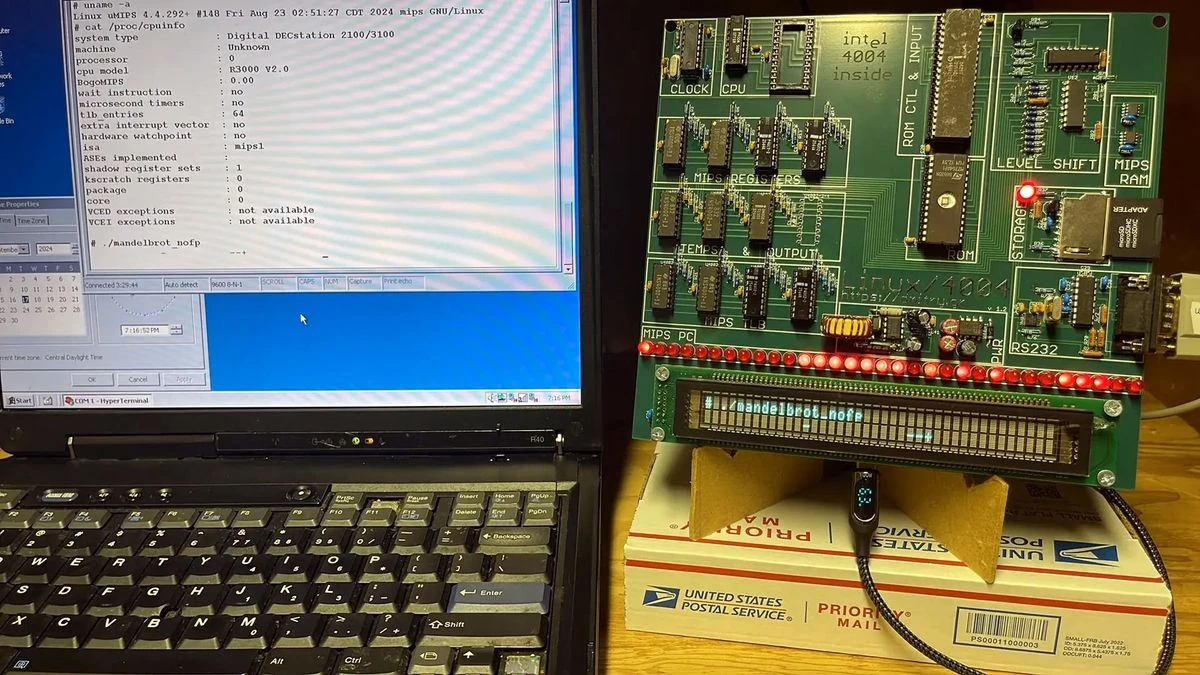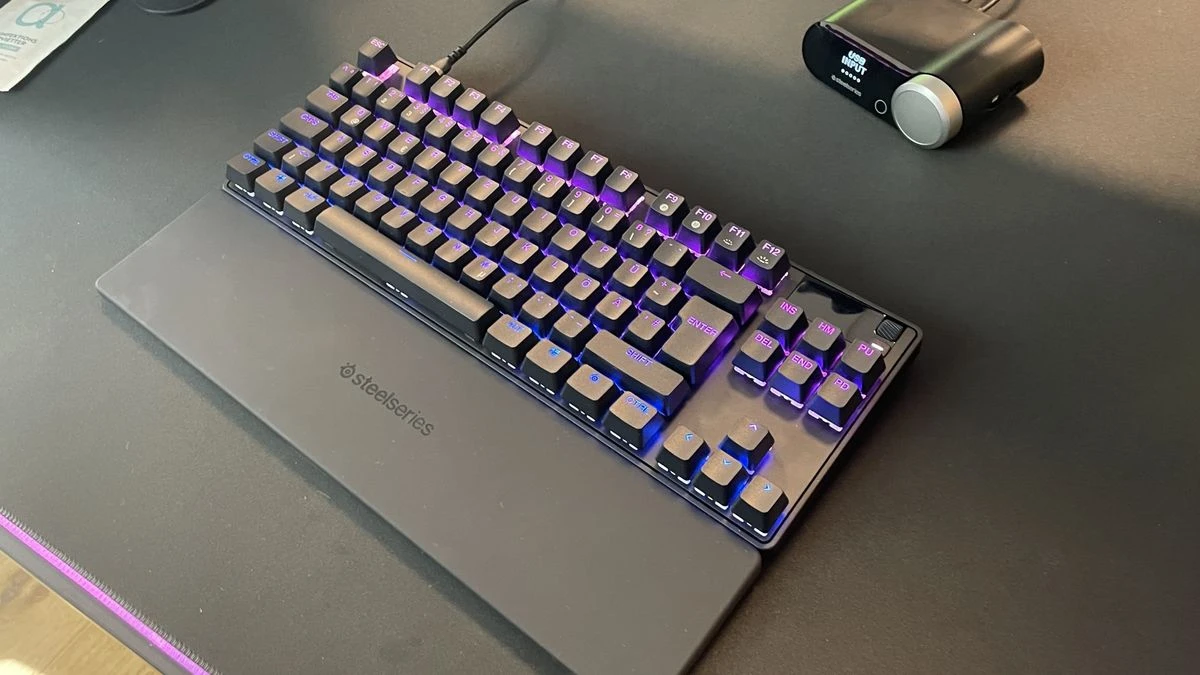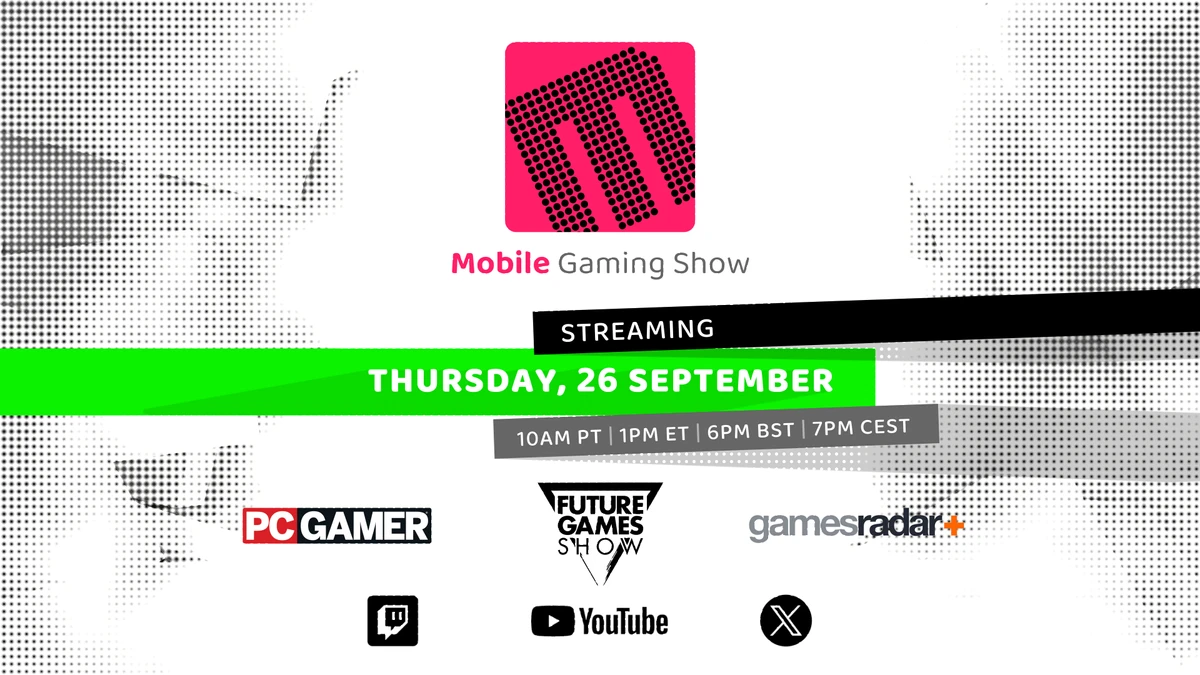Hacking wizard makes Linux run on a 1971 CPU, but it takes 5 days to boot up the kernel
Here's a challenge for you: how do you get a system that was first released 33 years ago to work on a processor from 1971, which is almost two decades older? It turns out that the answer is to make an ancient chip emulate software that's only 36-years-old, strip down the software to its bare necessities, and then wait for almost five days until the kernel boots.
Dmitry Grinberg's work (via Ars Technica), while it may not have a clear practical purpose, is still worthy of admiration. If you are a regular reader of hardware news, the name may be familiar. It's the same hacking magician who ported Doom so that it could run on a Def Con badge.
But Grinberg's newest project is far more impressive. He managed to get Debian Linux running on a 4-bit Intel 4004 microprocessor, the first commercially produced microprocessor. The 4004 was a basic computer even by 1970s standards.
It has 16 registers, but it does not support hardware interrupts. Multitasking is a bit of a challenge.
Grinberg was able to get creative with this chip, which is far too basic to run Linux. He coded a program that emulated a MIPS R3000 on the 4004. The RAM target was just 4 kB. This particular chip is from the era of the original Linux, so it was a natural selection for the emulation job, though it wasn't easy to achieve.
Grinberg created a custom board with a basic screen to demonstrate that Linux did indeed launch to a command prompt. The only issue is speed.
Even with a 5% clock speed overclock, the 4004's 790 kHz clock rate (yes, that's kilohertz and not mega or giga), is incredibly slow. Initial estimates of how long it would be to boot the kernel, the fundamental core of the OS, came out at just under nine days. Grinberg then tweaked and used neat little tricks to reduce the time down to just 4.76 days.
The video of Linux loading and running has been sped up, because even if YouTube allowed for videos to run for several days, I doubt anyone would be able to watch it in real time.
The entire project is a great achievement. It's true that it has no practical application, but who cares? It's a testament to the sheer ingenuity of a talented, hardworking engineer. I think the only question Grinberg is now asking himself is how he can top this. Oh, I'm sure--it must be Doom. I wonder if it can run at 30 frames per month?




Comments